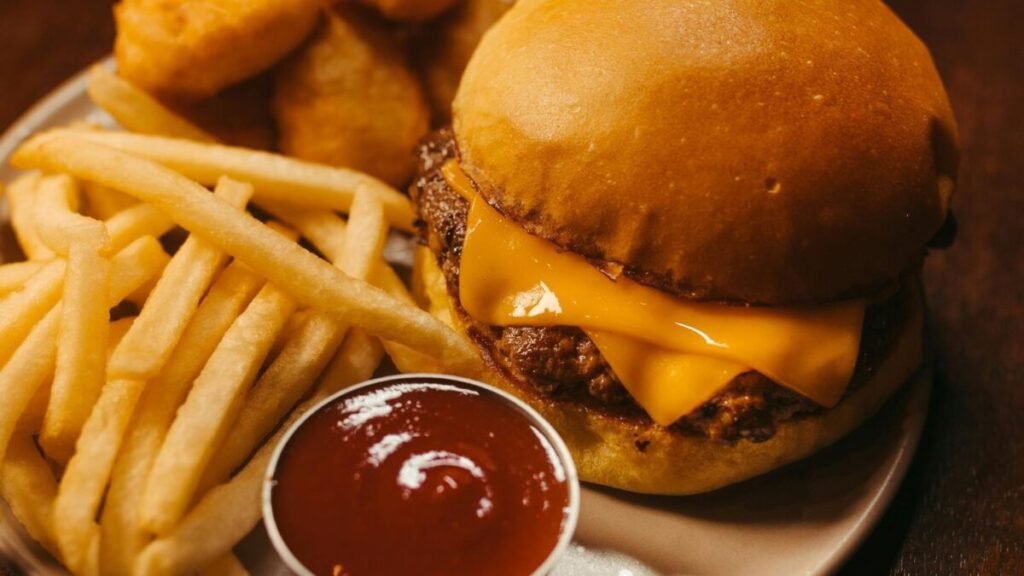The brain secret that makes it impossible to resist ultra-processed foods

Each time more studies reveal that ultra-processed foods not only influence the body but also the deepest circuits of the brain. From appetite control to the way we perceive gratification, certain molecules seem to be behind that craving sensation that doesn’t stop. Science is beginning to decipher why it is so difficult to escape from this cycle.
## The myth of willpower
The idea that everything boils down to self-control is beginning to crumble. According to neuroscientist Gary Brecka in the Ultimate Human podcast, what we often feel as “lack of discipline” is nothing more than the visible manifestation of a much more powerful biological mechanism. The brain activates complex neurochemical processes that guide our food choices beyond conscious desire.
In this framework, Brecka highlighted the role of dynorphins, molecules that interact with kappa opioid receptors (KOR). These receptors are found in brain areas associated with pleasure, appetite, and reward, modulating both the feeling of hunger and the energy management of the body.
## How dynorphins influence weight
Experiments in animals are revealing. When dynorphins are administered directly into the system, food intake increases regardless of energy expenditure. Conversely, mice unable to produce these molecules tend to gain weight on high-fat diets, even when they do not consume more calories than others.
This suggests that dynorphins not only stimulate hunger but also alter the energy balance and predispose to weight gain. Hence, their role is crucial in understanding why some people seem to be more vulnerable to obesity without necessarily eating more.

## The connection with compulsive behavior
Dynorphins not only affect appetite but also intervene in behavior. Studies cited by Brecka show that blocking kappa receptors reduces impulsive intake in animals with a tendency to obesity. This implies that these circuits are directly related to the search for immediate gratification through ultra-processed foods.
The mechanism is complex: when dynorphin acts in the nucleus accumbens, it decreases dopamine release, generating a mild dysphoria. This discomfort pushes to eat to relieve the discomfort, even though the pleasure obtained is diminishing. Thus, a repetitive cycle is created that is difficult to stop, where the need outweighs enjoyment.
Moreover, the action of these molecules on neurotransmitters such as acetylcholine and glutamate weakens the capacity for self-control. The prefrontal cortex, responsible for regulating impulsivity, is compromised, facilitating binge eating. “In people with high levels of dynorphins, resisting temptations designed to be irresistible is practically impossible,” the expert emphasized.
## Possible treatments and prevention
The most recent research suggests that kappa receptor blockers could open a new therapeutic pathway against food compulsion. In animal models, these drugs have reduced binge episodes and restored chemical balance in the brain.
Furthermore, genetic variations in dynorphin expression would explain why some people develop food addiction more easily than others. This underscores the importance of a personalized approach to combating obesity and eating disorders.
## A future with new strategies
In an environment saturated with temptations and with an increasing incidence of obesity, understanding the role of dynorphins becomes crucial. It is not enough to recommend “willpower”: evidence points to a biological and social problem that requires innovative solutions.
As Brecka concludes, the key is to stop blaming ourselves for the lack of self-control and start recognizing that there are brain mechanisms that, if understood and intervened, can make a difference in the fight against food excesses and their consequences.
[Source: ]






